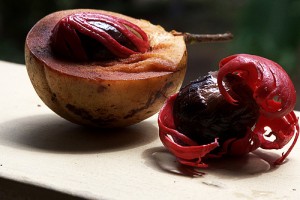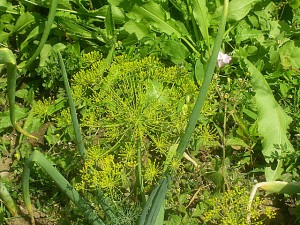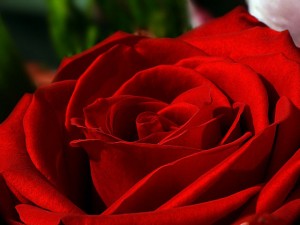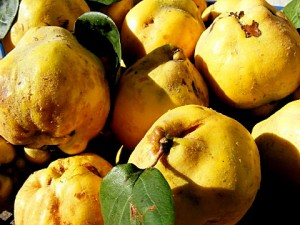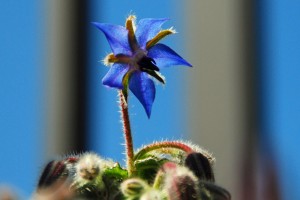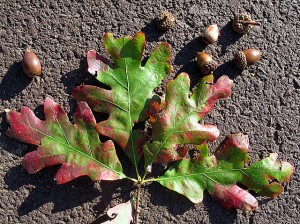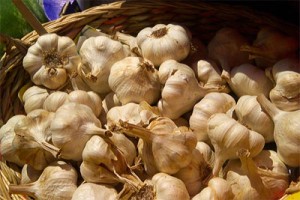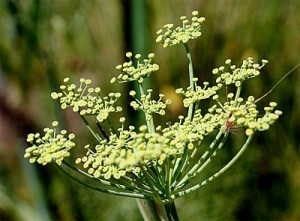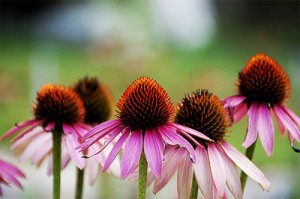Yoga
Have you ever taken a few brief moments to breathe deeply or gently stretch your body? Then you actually practiced some natural yoga. Yoga originates from ancient East Indian philosophies and is more than 6000 years old. It can alter consciousness in its pure form. Originally, the goals of yoga were the liberation of the body from earthly desires, as well as cleansing and quieting of the mind. Yoga is a primary source of all mind body fitness programs, it’s a discipline unifying mind, body and spirit. Hatha yoga (yoga for strength) is most commonly practiced today. It consists of a combination of body postures, gentle stretching, breathing exercises, meditation and relaxation techniques. This helps to balance and attune opposing energy forces in the body generating improved health, well being and inner peace.
The eight paths:
The body, mind, and soul gradually transforms and generates a new strength. The consistent practice of yoga is said to give you greater health and wisdom. Yoga follows 8 guidelines summarized in the 8 paths:
- Yama – correct moral code, ethical standards and sense of integrity
- Niyama – self discipline and spiritual observances
- Asana – postures
- Pranayama – breathing, connection between the breath, the mind, and the emotions
- Pratahara – moving inward toward the self, direct attention internally
- Dharana – concentration
- Dhyana – meditation, a state of stillness
- Samadhi – being one with the universe, fulfillment, bliss, ecstasy
The treatment:
- Begin postures with proper breathing and relaxation techniques.
- There are more than 80 basic postures, which are held from a few seconds to several minutes.
- Begin the exercises cautiously and consistently, stretch until you reach a comfortable limit.
Effect:
- You will notice surprising changes in yourself if you practice yoga regularly, even after a short period of time.
- Yoga strengthens mental and spiritual balance.
- You will become more content and composed.
- It will help you to cope better with daily demands, stress, and worries will recede.
Yogic breathing:
- Regular, relaxed deep breathing plays an important role in the effectiveness of yoga postures. Life energy is taken into the body along with the breath, according to ancient yoga texts. This energy reaches all regions of the body, giving them strength. Life energy flows through the body of a well composed, healthy human. You may feel sick if this flow is obstructed. Yoga postures remove obstructions, enhancing energy, well being, and inner peace are restored.
- The best time to practice yoga are in the morning before breakfast and in the evening before dinner.
- Yoga is effective for alleviating muscle tension, joint problems, chronic pain, nervousness, anxiety and sleep disorders, as well as strengthening the body, mind and spirit, and promoting spiritual balance and focus.
Types of Yoga:
- The best type of yoga can be determined with the help of a certified instructor. Classes can generally be found in fitness centers or schools.
Hatha Yoga:
- Hatha yoga is great for beginners. It is slow-paced, gentle, and focused on postures, breathing, and meditation. Some teachers of this technique focus on physical poses while others concentrate more on relaxation, breathing and meditation. It relieves stress, provides physical exercise, and improves breathing.
Vinyasa:
- Vinyasa is much like Hatha, it covers basic poses and breath-synchronized movement. This variety of Hatha yoga emphasizes on the Sun Salutation, a series of 12 poses where movement is matched to the breath. It helps improve strength and flexibility, tones the abdominal muscles, and reduces the risk of heart disease, high blood pressure, and type 2 diabetes
Raja Yoga:
- Raja is more meditative, focusing less on strength. Its objective is to further one’s acquaintance with reality, and achieve awakening, and eventually enlightenment
Ashtanga yoga:
- Ashtanga is a form of yoga combines both the physical and cognitive elements. It’s fast-paced and intense with lunges and push-ups, and considered a form of power yoga. Great for relieving stress, improves coordination, and helps with weight loss.
Bikram:
- Bikram, also known as hot yoga, is practiced in a 95 to 100 degree room. It’s typically a series of 26 poses that allows for a loosening of tight muscles and sweating. It speeds up recovery from an injury, enhances flexibility, and cleanses the body.
Kundalini and Tantra Yoga:
- Kundalini and Tantra yoga focus on activating the energy centers of the body called chakras.
Hatha yoga positions:
Diamond sitting position:
- This position may be used for meditation exercises, it also improves poor circulation in the feet and lower legs, stimulates digestion and combats tension and sleep problems.
- Kneel on the floor with knees close together, slowly sit back on your heels.
- Stretch your upper body erect and place your hands on your knees and close your eyes.
- Holding the posture, slowly take several deep breaths in and out, focusing on the steady rise and fall of your abdomen.
Tree position
- The tree position loosens shoulders and promotes balance.
- Stand with feet slightly apart and facing forward.
- Breathe in, place the flat of your right foot against your left inner thigh. Breathe naturally.
- Slowly raise your arms over your head, palms together, and stretch them straight up.
- Hold the stretch as you breathe in. As you breathe out, lower arms and leg. Repeat on the other side.
References:
- The Complete Guide To Natural Healing



